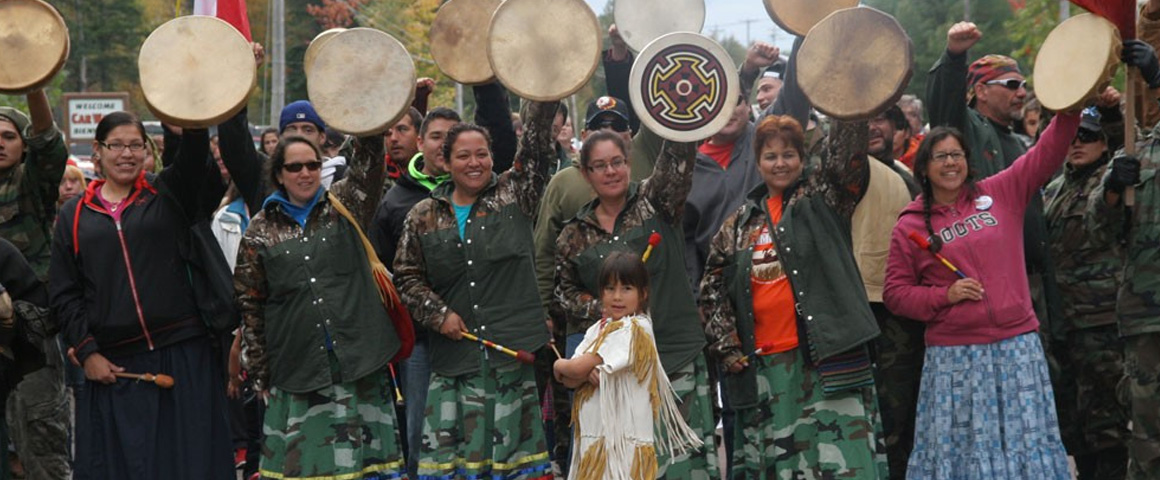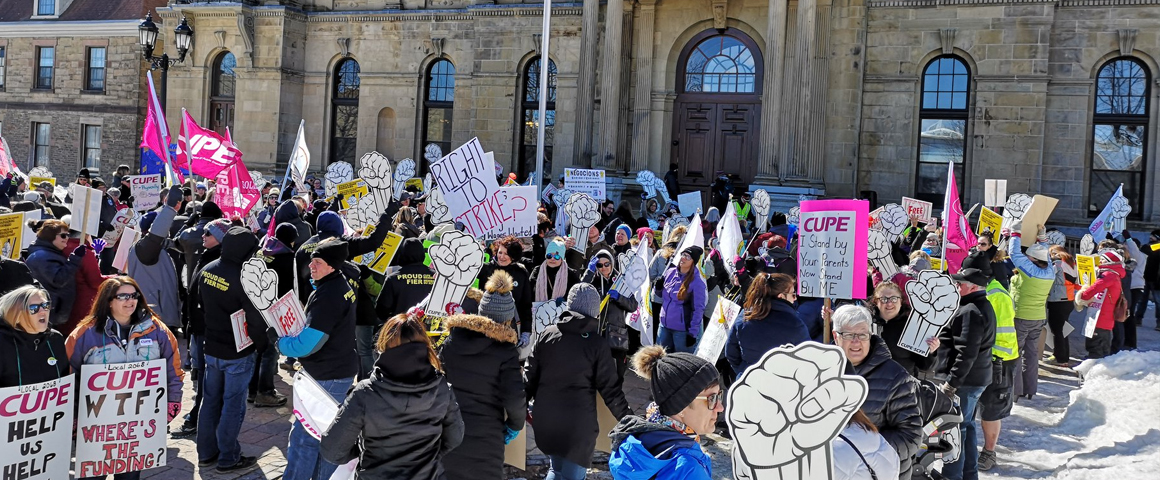Leaders from Elsipogtog, a Mi’kmaq first nation community in eastern New Brunswick, have filed for Aboriginal title to the traditional Mi’kmaq district of Sikniktuk, which covers the south-eastern third of the province. The claim was filed in the Court of Queens Bench in Saint John on November 9, 2016.
If the claim were to succeed today, it would create the largest area under Aboriginal title in Canada outside the northern territories and Québec.
Elsipogtog Chief Arren Sock, one of two plaintiffs bringing forward the claim, characterizes it as being “about protecting our lands and waters for our children and our future generations.” The other plaintiff is Kenneth Francis, Speaker of Kopit Lodge, formed by the First Nation to handle natural resources issues.
Elsipogtog was heavily involved in the fight against shale gas fracking in 2013. Several times that year, RCMP squads violently broke up protests and blockades of shale gas seismic testing equipment. More than 60 people, mostly Native, were arrested during those struggles.
It was shortly after that experience that Elsipogtog leaders decided they should pursue a title affirmation by the courts.
The First Nation is also concerned about ongoing degradation of their forest by clear cut logging.
Even if the Sikniktuk claim is successful, it will not give the First Nation absolute control over the territory. Under current Canadian law, Aboriginal title is not radical or underlying title. The crown retains underlying title, and can encroach or infringe on the Aboriginal title holder’s rights of occupancy, enjoyment, benefit, and control if the government can justify the encroachment as being “in the broader public interest.”
In a recent land claim case from British Columbia, the Chief Justice of the Supreme Court of Canada wrote: “In my opinion, the development of agriculture, forestry, mining, and hydroelectric power, the general economic development of the interior… protection of the environment or endangered species, the building of infrastructure and the settlement of foreign populations to support those aims… can justify the infringement of Aboriginal title” (Tsilhqotin Nation v. B.C., 2014).
Holding officially recognized Aboriginal title does, however, improve a Native group’s chances of forcing government to consult and accommodate its interests.
Bruce McIvor, the lawyer representing Elsipogtog in the title claim, says it “is not a silver bullet”, but “a strategy to force the provincial government to seriously engage” the Native people concerning the land.
It is an expensive strategy. Aboriginal title cases typically take years or decades, involve professional anthropologists as witnesses, and cost millions or tens of millions of dollars. There is serious asymmetry between the resources that the state can deploy in the legal battle and those of the Native side.
It has also been questioned why a people such as the Mi’kmaq, who never ceded their land by treaty and are asserting sovereignty, should have to plead their case in the court of the colonial power which opposes them, rather than before a neutral tribunal; and why they should have to make their arguments in the terms of English common law, not Aboriginal concepts of justice.
Stan McKay, a Cree spiritual leader from Manitoba has written: “As a marginalized people, forced to live on tiny plots of land, we encounter the worldview of the wealthy and powerful in the land claims process and are forced to compromise or die.”
And even a staid legal scholar, Kent McNeil, has written: “the domestic law context… is not the only context for analyzing Aboriginal claims.”




